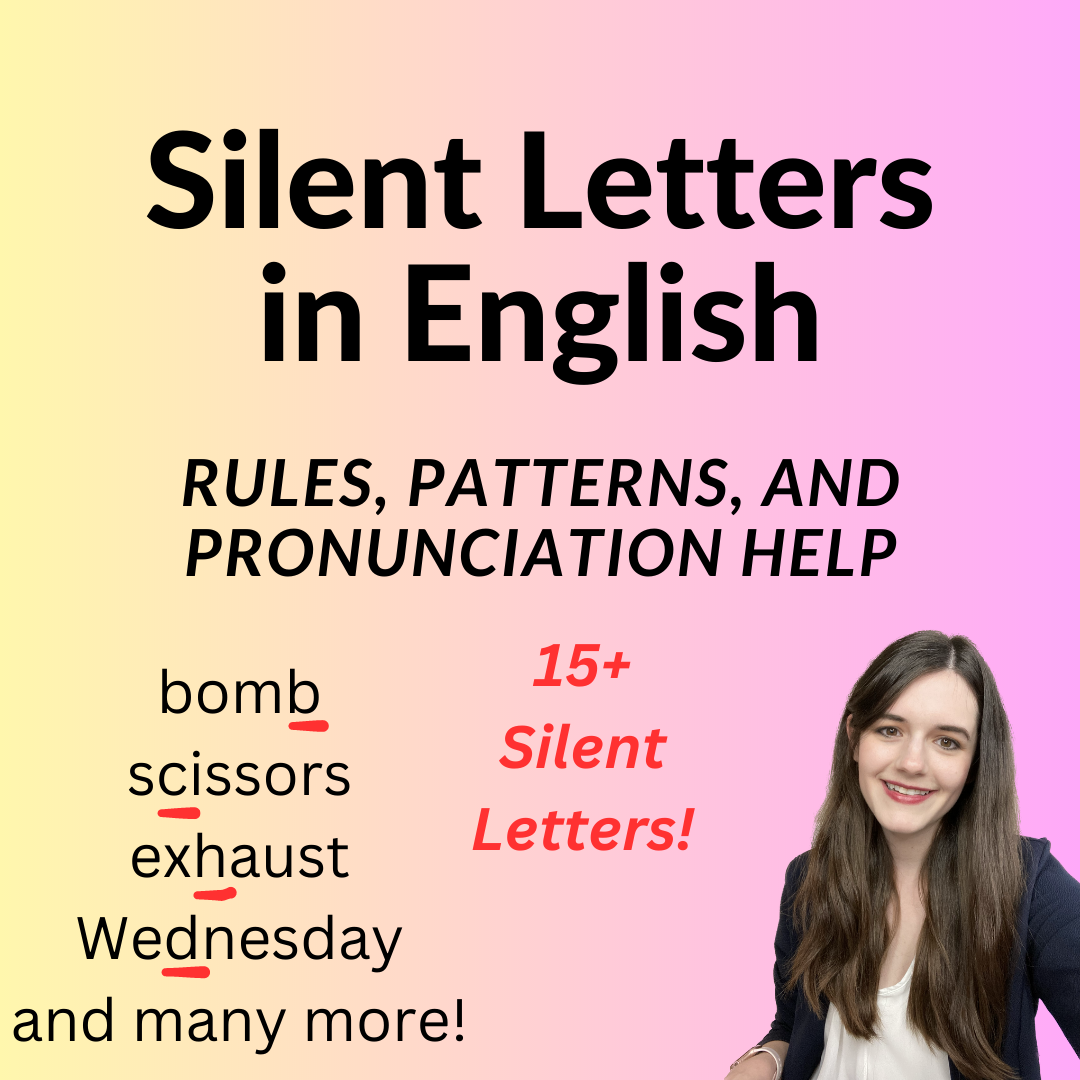Silent P and B
The strangeness of English orthography (spelling) provides us with seemingly never-ending topics in exceptions within pronunciation. There are a host of silent letters in English spelling that must be remembered in order to master pronunciation. Let’s start with silent “p”.
The first generalization we can make about silent “p” is that when “p” begins a word and the following letter is “s”, “t” or “n”, the “p” will likely be silent. Here are some examples:
psychology: /sai KAH luh jee/
pseudoscience: /SUU doh SAI yuhns/*
pterodactyl: /TEH ruh DAEK duhl/
ptosis: /TOH suhs/
pneumonia: /nuh MOHN yuh/
pneumatic: /nuu MAE dihk/
Beyond these examples, there are many robust patterns to help you study where silent “p”s can be found. In most cases, “p”’s are dropped from pronunciation to facilitate ease of articulation (make words easier to say). Pronunciation changes but spelling is maintained, leaving us with silent “p”s everywhere. The best way to learn where silent “p”s occur is through memorization. Here is a (non-exhaustive) list of the most common words with silent “p”s.
receipt: /ruh SEET/
raspberry: /RAEZ beh ree/
cupboard: /KUH brd/
corp: /KOR/
coup: /KUU/
Moving on to “b”, we find a robust pattern where silent “b”s are found at the ends of words after “m”. Here are some examples:
numb: /NUHM/
bomb: /BAHM/
climb: /KLAIM/
aplomb: /uh PLAHM/
lamb: /LAEM/
comb: /KOWM/
thumb: /THUHM/
succumb: /suh KUHM/
limb: /LIHM/
jamb: /JAEM/
It is likely that the “b” dropped out of pronunciation in these contexts for ease of articulation. Try it and see. It is rather difficult to end a word with an /MB/ combination. The burst from /B/ takes extra effort.
There is also a small pattern where “b” is absent from pronunciation when it precedes a “t” in spelling. Here are some examples:
debt: /DEHT/
subtle: /SUH duhl/
There are several other silent letters in English. I will be writing blog posts about those in the coming weeks.
Written by Sarah Sherer, PhD, 3/2/2023
*Stress is indicated with capitalization and bolding. In words with one stressed syllable, primary stress is indicated with capitalization. In words with a primary and secondary stressed syllable, primary stress is indicated with capitalization and bolding while secondary stress is indicated with capitalization only.
Get my FREE extensive lesson on silent consonant letters in English!

